During winter, the significance of food storage comes to the forefront as individuals face challenges like inclement weather and scarce fresh produce. Preparing for the cold months involves adopting effective food storage techniques to maintain a well-stocked pantry. This approach not only ensures access to nutritious and comforting meals but also contributes to healthier eating habits and cost-efficiency. The forthcoming discussion will explore various methods to preserve food, including freezing, canning, and drying, alongside strategies for pantry management and innovative storage solutions to navigate the winter season successfully.
Contents
Understanding Food Preservation Basics
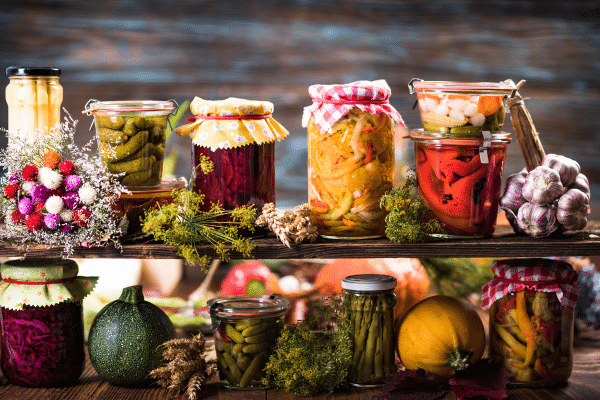
Food preservation is essential for extending the shelf life of perishables and ensuring a diverse diet during winter. The process involves controlling or slowing down the deterioration of food caused by microorganisms, enzymes, and oxidation. Techniques such as freezing, canning, drying, and fermenting are popular for their ability to retain nutritional value and prevent spoilage. Knowledge of these methods allows for the safe storage of a wide range of foods, from fruits and vegetables to meats and dairy products, thus securing a varied diet throughout the colder months.
Successful food preservation hinges on understanding the science behind spoilage. Factors like moisture, temperature, and light can significantly affect the longevity of stored food. By employing the correct preservation method for each type of food, one can inhibit the growth of harmful bacteria and enzymes, prevent freezer burn, and maintain food quality. For example, blanching vegetables before freezing can preserve their color, texture, and nutritional content, while vacuum sealing can extend the shelf life of dry goods by removing air that fosters the growth of mold and bacteria.
Planning Your Pantry For Winter
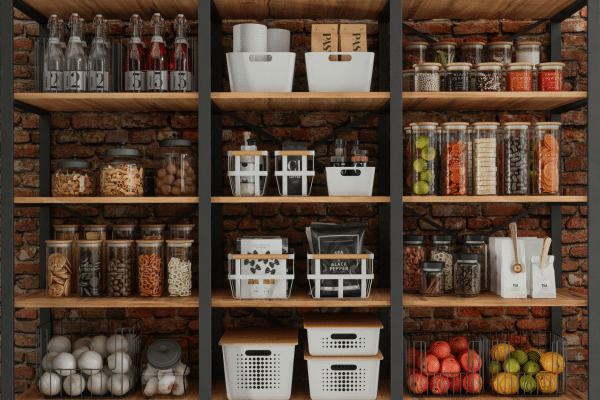
Strategic pantry planning is crucial for winter preparedness. Evaluating available storage space and understanding the household’s consumption patterns can guide the selection of essentials to stock up on. Prioritizing foods that have a long shelf life, such as grains, legumes, canned goods, and oils, ensures a base for creating nutritious meals even when fresh produce is less accessible. Additionally, incorporating a variety of spices and condiments can enhance the flavor of stored foods, making winter meals both satisfying and diverse.
Beyond basic staples, consider the inclusion of specialty items that can add excitement to winter meals, such as dried mushrooms, specialty grains, or imported sauces. Planning should also account for emergency food supplies, like ready-to-eat meals and high-energy snacks, which are invaluable during prolonged power outages or severe weather events. Regularly updating and rotating pantry items ensures freshness and minimizes waste, while a well-organized storage system can prevent overbuying and contribute to a more efficient kitchen during the winter months.
Freezing Essentials: What Works Best
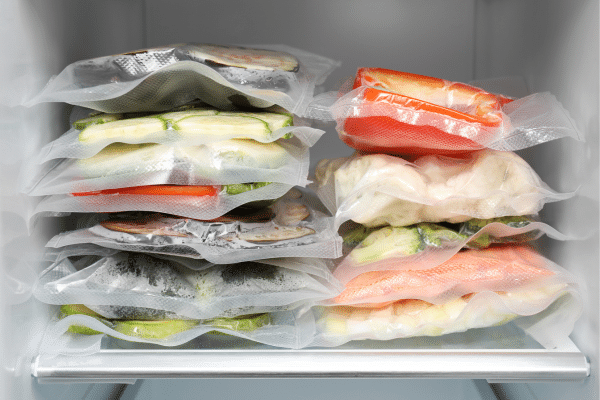
Freezing is a highly effective method for preserving a wide array of foods, from seasonal fruits and vegetables to meats and baked goods. Proper preparation and packaging are key to maintaining the quality and nutritional value of frozen items. For instance, fruits and vegetables should be washed, dried, and cut into manageable pieces before freezing, while meats need to be portioned and wrapped tightly to prevent freezer burn. This process helps retain freshness and taste, ensuring that foods remain enjoyable throughout the winter.
Organization within the freezer is equally important. Utilizing clear labeling and dating of all frozen items aids in managing inventory and ensuring that older food is used first. Storage containers should be airtight and freezer-safe to protect food from air exposure and moisture loss. By systematically arranging the freezer, one can avoid unnecessary waste and make the most of the available space, thereby facilitating easier access to a variety of meal options during the colder months.
The Art Of Canning And Preserving

Canning provides a means to preserve a plethora of foods, including fruits, vegetables, meats, and soups, for winter consumption. This method involves processing food in airtight containers to extend its shelf life by years, not just months. The key to successful canning lies in following precise recipes and processing times to ensure safety and quality. Water bath canning is suitable for high-acid foods like fruits and tomatoes, whereas pressure canning is necessary for low-acid items such as vegetables and meats.
The benefits of canning extend beyond food preservation to include the enjoyment of summer’s bounty during the colder months. For example, homemade jams, pickles, and salsas can add flavor and variety to winter meals. Additionally, canning allows for control over ingredients, thereby enabling one to create healthier, lower-sodium versions of store-bought canned goods. Engaging in this practice not only yields a stockpile of ready-to-use ingredients but also fosters a connection to the food one eats and a sense of accomplishment.
Utilizing Root Cellars And Cold Storage
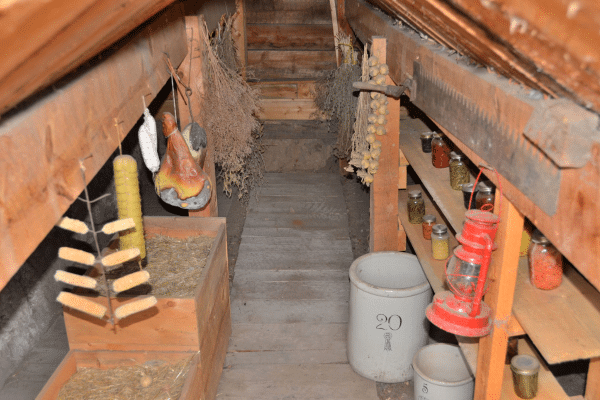
Root cellars and cold storage spaces are traditional methods for preserving certain types of produce, such as root vegetables, winter squash, and apples, through the winter. These storage methods rely on cool, consistent temperatures and controlled humidity levels to slow the natural decay process. By mimicking these conditions, even those without a traditional root cellar can effectively store large quantities of produce in basements, garages, or other cool areas of the home.
Creating an effective cold storage system may involve monitoring temperature and humidity levels to ensure they remain within optimal ranges. Additionally, proper ventilation is crucial to prevent the accumulation of ethylene gas, which can accelerate spoilage. Storing different types of produce separately can also minimize the risk of cross-contamination and the spread of spoilage. This approach not only preserves the freshness and nutritional value of the produce but also reduces dependency on grocery stores during winter.
Drying And Dehydrating Foods For Long-Term Storage
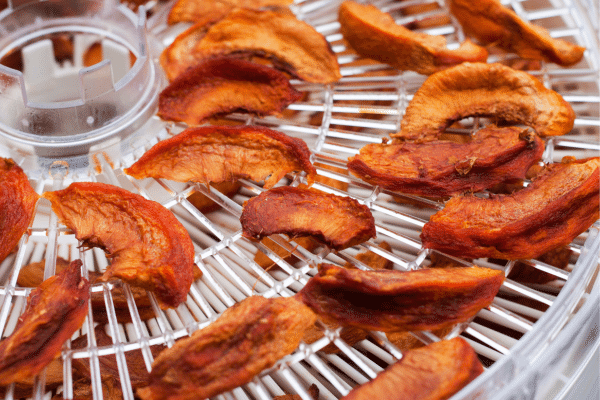
Drying and dehydrating are age-old methods of food preservation that reduce water content, inhibiting the growth of microorganisms that cause spoilage. Foods such as fruits, vegetables, herbs, and meats can be successfully dehydrated, resulting in lightweight, nutrient-dense options for winter storage. Dehydrated foods are ideal for snacking, cooking, and baking, offering a concentrated source of flavors and nutrients.
Using a dehydrator, oven, or air-drying methods, one can effectively preserve a variety of foods. The key to successful dehydration is ensuring that all moisture is removed, which can be achieved by maintaining the correct temperature and air circulation during the drying process. Proper storage in airtight containers in a cool, dark place further extends the shelf life of dehydrated foods, making them a valuable addition to the winter pantry.
Creative And Efficient Storage Solutions
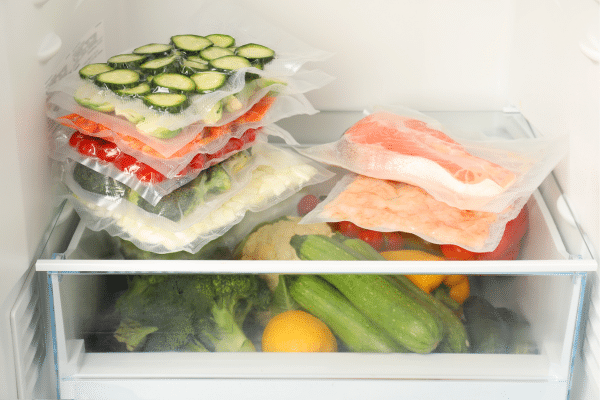
Maximizing storage space and maintaining organization are critical for effective food storage during winter. Innovative solutions such as vacuum sealing, stackable containers, and shelving systems can dramatically increase the storage capacity and efficiency of a pantry or freezer. Vacuum sealing, for instance, removes air from bags or containers, significantly extending the shelf life of dry goods and frozen foods by preventing freezer burn and oxidation.
Regularly auditing pantry and freezer contents encourages the use of older items first and prevents overstocking. Implementing a first-in, first-out (FIFO) system ensures that no food goes to waste. Creative use of space, such as hanging organizers and under-shelf baskets, can make even the smallest storage areas more functional. By staying organized and using space efficiently, one can maintain a well-stocked and varied pantry that can sustain through the winter months.
The Bottom Line
Navigating winter requires a well-thought-out approach to food storage, encompassing everything from freezing and canning to dry storage and pantry organization. Embracing these methods not only guarantees a diverse and nutritious diet during the colder months but also fosters a sense of preparedness and resilience. With the right strategies, anyone can transform their home into a bastion of culinary abundance, ready to face the winter with a stocked pantry and a variety of meal options. This endeavor not only enhances food security but also brings joy and satisfaction in creating a self-sufficient home environment.


